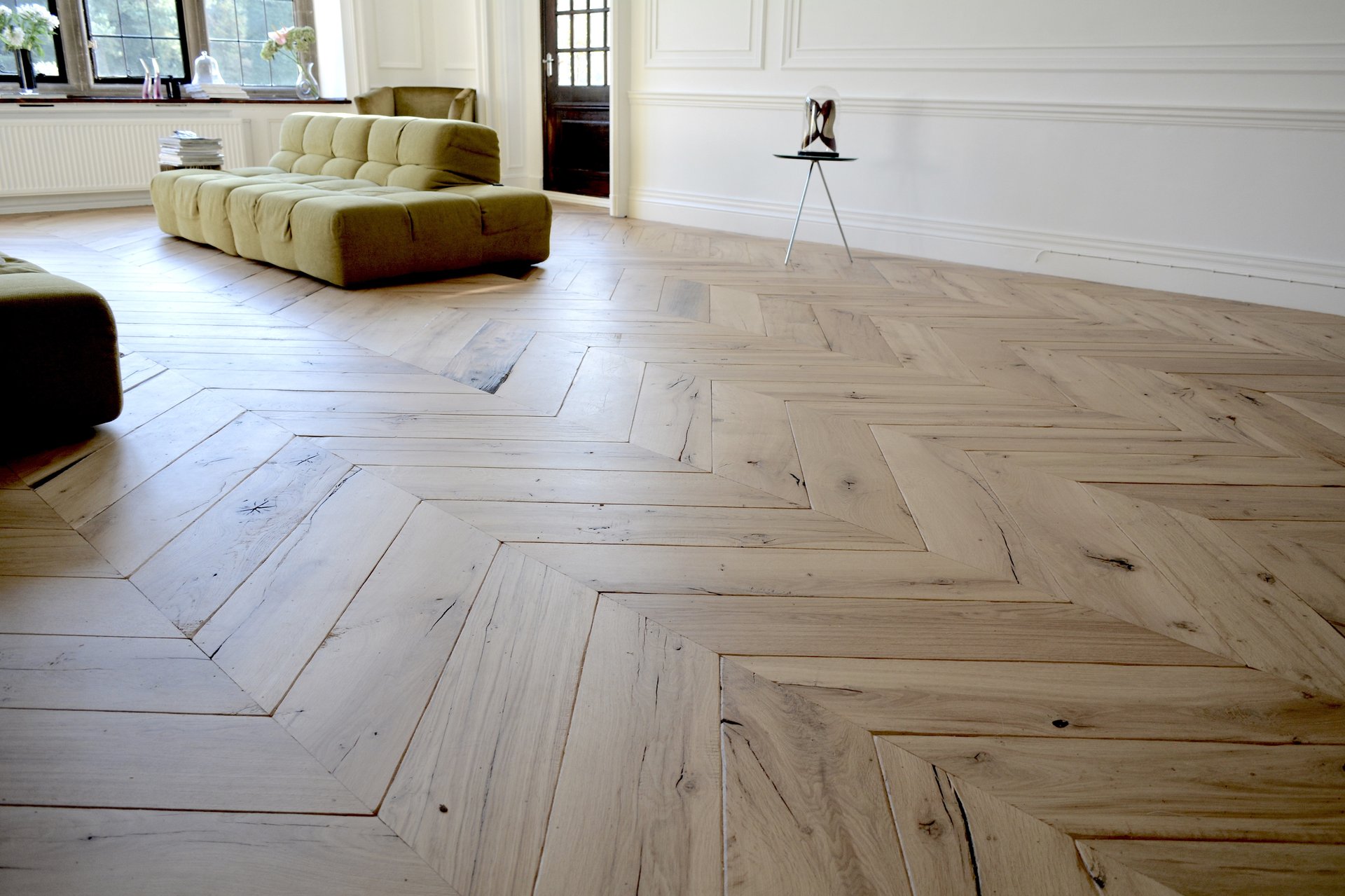1. Moisture resistance
Vinyl flooring is entirely waterproof, so it can be used virtually anywhere inside the home. It is especially suited to wet areas, where water often ends up on the floor, such as bathrooms, kitchens, and laundries.
2. Aesthetic versatility
Vinyl flooring is available in a wide range of colours and patterns to suit virtually any décor style. This allows homeowners to enjoy the look of natural timber in wet areas, without running the risk of it warping and flaking.
The most popular types of vinyl designs are those that simulate natural materials such as timber and natural stone for example. Faux timber vinyl flooring is especially popular – it is available in planks, similar to genuine wooden floorboards, and looks just like genuine timber floors when it is laid.
3. Quick and easy installation
When it comes to installation, vinyl flooring comes in sheets, tiles and planks, and is incredibly easy to install. Sheeting needs to be glued down. The tiles need to be glued down to a level surface so it is just a matter of laying them out evenly and neatly.
Vinyl planks on the other hand, are laid in much the same way as laminate flooring they get stuck down plank by plank. The key to successfully installing vinyl flooring lies beneath the floor itself – it requires a smooth surface, as any flaws or imperfections will show through as bumps and indentations.
Vinyl flooring is best laid on top of a layer of well-sanded plywood or smooth concrete screed.
4. Durability
Vinyl flooring is generally considered to be an incredibly durable flooring option, which, if properly installed and well-maintained, can last between 10 and 20 years. However, as with anything, the quality of the product you buy will determine its lifespan.
Any vinyl flooring worth its salt should have a wear layer. The wear layer is located on top of the vinyl itself, and guarantees that the flooring will enjoy a long life, even in high traffic areas.
5. Hygienic and stain-resistant
All you need to do to keep vinyl flooring looking as good as new is to ensure that all grit and dirt are regularly swept or vacuumed away and that it is cleaned with a damp mop and vinyl-approved cleaner whenever required.
The clear wear layer acts as a surface barrier, protecting the floor from stains and spills.
The fact that this type of flooring is easy to clean and stain-resistant, has non-allergenic qualities, is fire-retardant and absorbs more sound than other types of flooring, has lead to vinyl flooring being regularly used in hospitals, laboratories and various other healthcare facilities. However, all these qualities are just as desirable for residential use as well.
6. Underfoot comfort
Vinyl flooring does not get cold, even during the winter months, making it a great option for traditionally cold areas in the home. It is a resilient flooring, which means that its soft texture provides a little bit of ‘give’ when you walk on it.
7. Low Cost
Finding a floor that costs less than £400 is amazing! If you want to change the floor in a couple years, I won’t feel guilty because it was so inexpensive although I love it so much I don’t see that happening soon. Tile is an investment in both time and money.
8. Easy to Clean
Besides the appearance, this is many people’s favorite part about this floor. Honestly having ceramic in the bathroom was disgusting. The grout was always gross. It always looked dirty no matter how much I cleaned it. The vinyl floor is easy to sweep, vacuum, and mop. Nothing sticks to it. If you like low maintenance, this is the floor for you!
9. Quiet
Vinyl flooring is much quieter than ceramic or wood flooring. It would be great in a high-traffic area to reduce noise.









